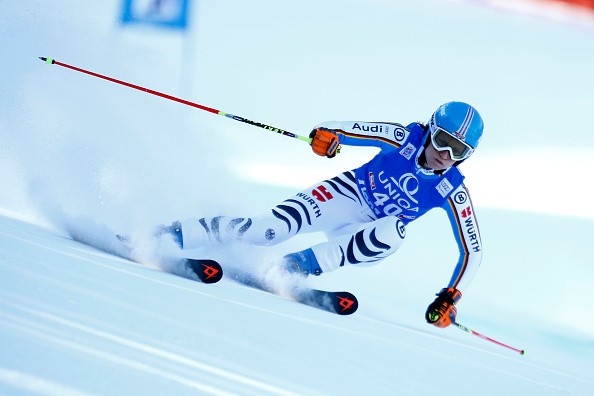
A medical study has found that restrictions on "aggressive" designs for Alpine skis appear to have reduced injuries among top skiers since they were enacted. Starting with the 2012-2013 ski season, the use of deeply curved skis was restricted. These skis give skiers better performance, but are also linked to knee injuries.
The rules were put in place by the International Ski Federation Alpine Skiing World Cup, the elite international circuit of racing competitions in Alpine skiing. The World Cup season is only 5 months long, but about one-third of ski racers are injured each season. The most common injury is to the knee, especially tears to the anterior cruciate ligament (ACL), according to the study, published in the British Journal of Sports Medicine.
To see what impact the new regulations had, researchers at the Oslo Sports Trauma Research Center and Oslo University Hospital in Norway interviewed skiers and coaches and analyzed injuries in six World Cup seasons before the rules took effect and three seasons after. They also analyzed data from other top levels ski race competitions for each athlete for those years.
During those years, there were a total of 794 injuries. Injury rates were found to decrease significantly after the new rules went into effect. The rate of injuries per 100 athletes, a measure of risk for the whole World Cup season, fell by 26%. The rate of injuries per 1,000 ski runs, a measure of risk during competitions, fell 24%, the study found.
Overall, skiers had twice as many the lower body injuries compared to upper body injuries. After the new rules, upper body injuries fell by 44% while lower-body injury rates showed little change. The reduction in upper body injuries may be due to fewer falls, an idea borne out by an increase in the number of completed runs after the new rules. The authors cautioned that it is hard to interpret the absence of changes in knee injuries after the new rules because the number of athletes studied is small.
The equipment restrictions have not yet been implemented in other types of ski competitions.



